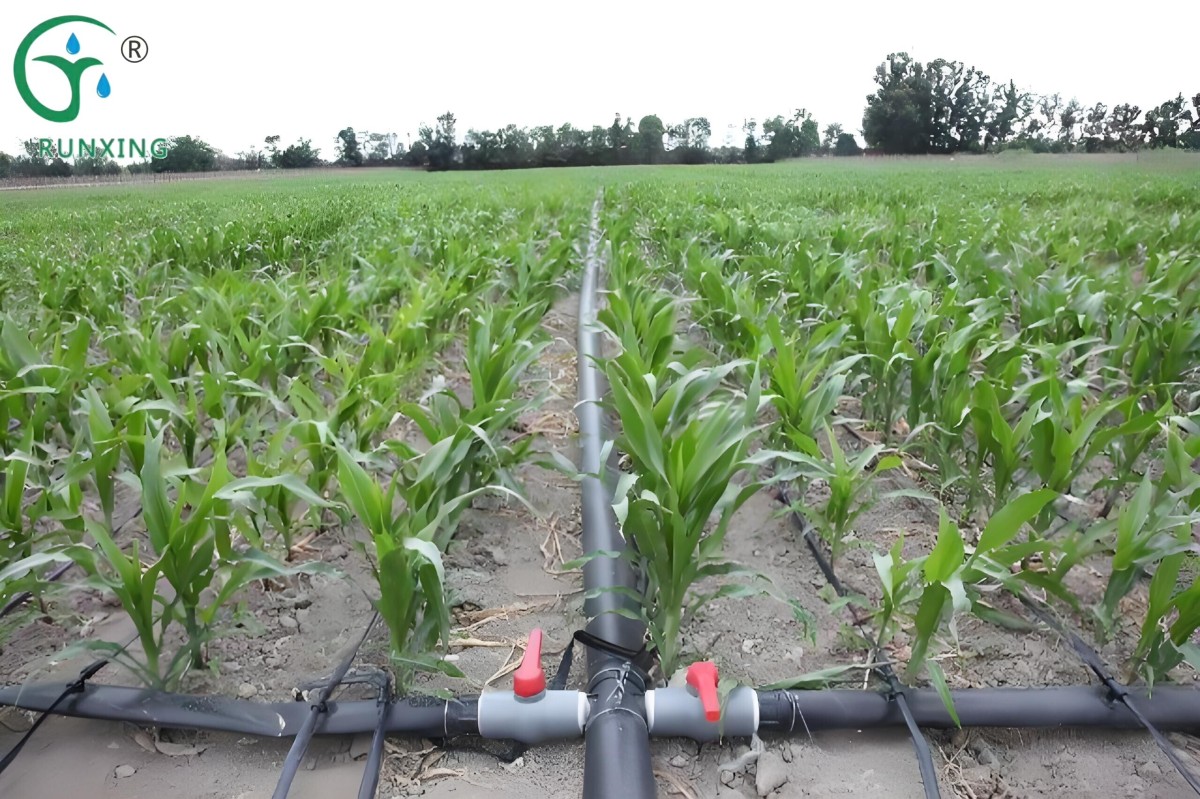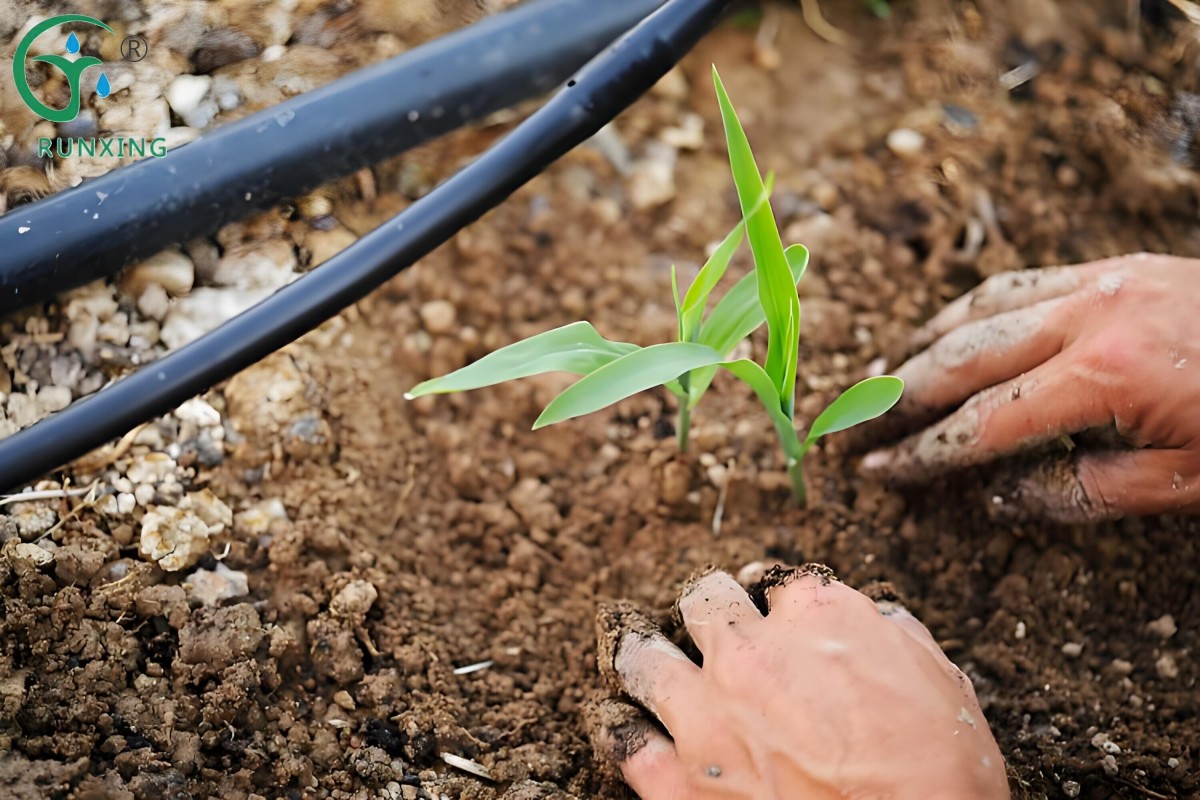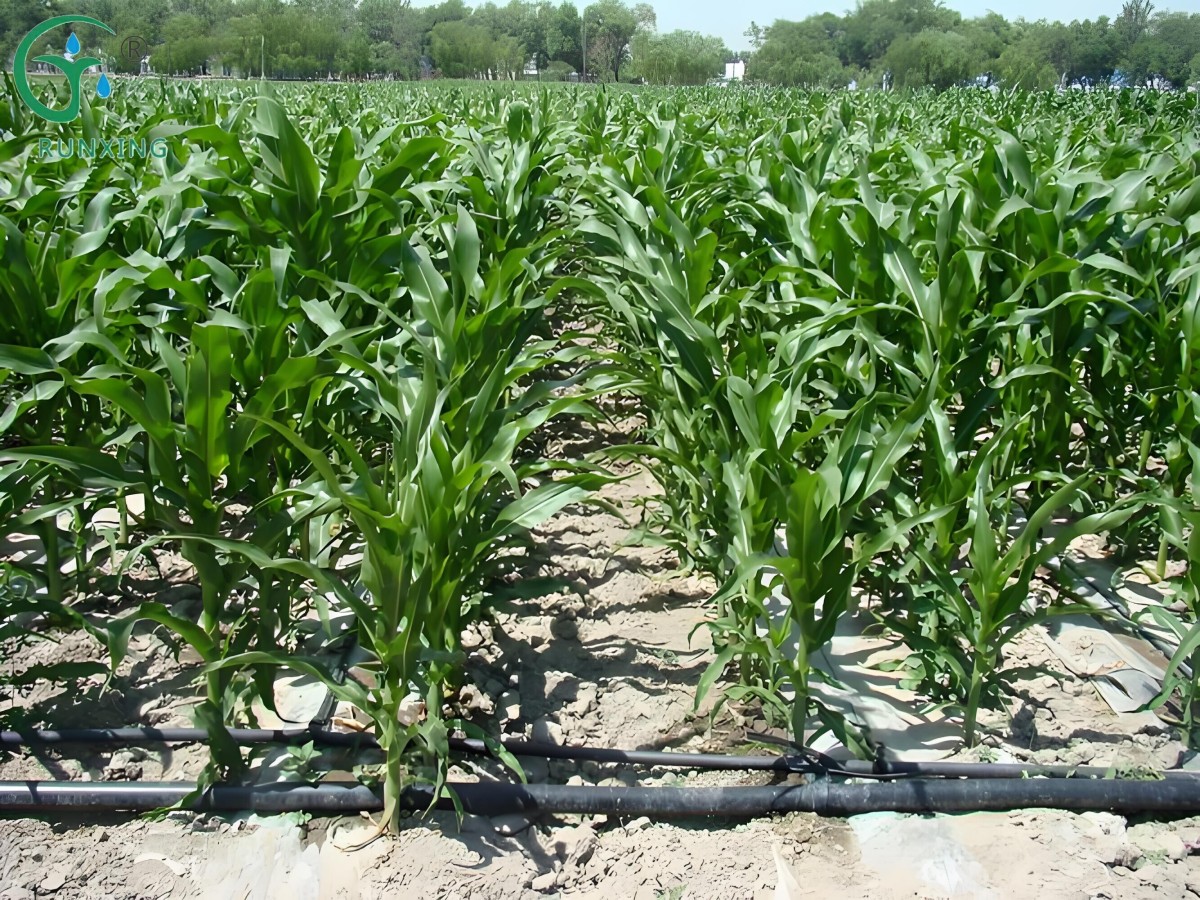Argentina Corn Cultivation and Drip Irrigation Facility Guide
Does Argentina Corn Cultivation Require Drip Irrigation Facilities?
Argentina, as a major agricultural country, ranks among the top in the world in terms of the production and quality of agricultural products such as grains, oils, wines, beef, and cotton. In eastern Argentina, agricultural production focuses on soybeans, wheat, and corn, which require substantial water during their growth periods. Despite the relatively abundant annual rainfall in eastern Argentina, extreme weather phenomena such as droughts can also occur. Therefore, irrigation remains a necessary means in agriculture under some specific circumstances. Corn, as one of the important crops in Argentina, whether its cultivation process requires drip irrigation facilities depends on the local specific climatic conditions, soil types, and irrigation needs. In arid or water-limited areas, adopting drip irrigation facilities can significantly increase corn yield and quality.

Required Drip Irrigation Equipment
The sub-film drip irrigation system for corn is a complex systematic project with high requirements for farmland infrastructure, especially for water-saving equipment and facilities. The system mainly includes the following components:
Water Supply System: Composed of a water source, water pump, and power machine, it provides irrigation water for the drip irrigation system. The water pump and power machine serve to pump water from the source for use by the irrigation system. Commonly used water pumps include centrifugal pumps, axial-flow pumps, and mixed-flow pumps.
Filtration System: Purifies water quality to meet the requirements of the drip irrigation system. Filtration equipment includes settlement tanks, centrifugal filters, and mesh filters, which work together.
Fertilization System: A fertilizer injector installed on the water supply pipeline, which drives the main piston and injector piston to move up and down through water flow, drawing the fertilizer solution into the mixing chamber.
Water Conveyance Pipelines: Composed of main pipes and branch pipes, the pipeline installation process includes pipeline laying, water flushing and pressure testing, and backfilling and tamping. Generally, PVC or PE piping materials with a certain pressure rating are used as buried water conveyance pipes.
Laying and Installation
Pipeline Laying: Clear debris from the pipelines and fittings, assemble them in the order of main pipes, branch pipes, and capillary pipes, transport the pipes and fittings to one side of the pipe trench, and prepare the installation tools. Install the main pipes, branch pipes, and fittings according to the marked positions on the diagram. The pipelines should not be pulled too tightly during laying but should be laid in the pipe trench in a freely curved state.
Head Installation: Mainly involves the configuration of connecting components, which require elbows, short pipes with flange plates, reducing bushings, bolts, and gaskets.
Air Valve Installation: To avoid radial contraction of the pipeline due to vacuum formation when the water level drops in the pipeline after stopping the pump, an air valve can be installed behind the main valve.

Water Requirements and Control
The water requirements for drip irrigation in corn cultivation vary depending on soil conditions, meteorological conditions, and topography. Generally, the total irrigation water volume during the entire growth period ranges between 120-360 cubic meters per mu. The specific water requirements should be determined based on a comprehensive assessment of actual conditions.
Soil Conditions: Soil texture, drainage status, and groundwater levels all affect the soil's water-holding capacity. Soils with strong water-holding capacity require less drip irrigation water; conversely, those with weaker capacity require more.
Meteorological Conditions: Conditions such as drought and high temperatures increase corn evapotranspiration, leading to increased water evaporation and, therefore, increased water requirements. In contrast, in humid and temperature-suitable environments, evaporation is lower, and water requirements are correspondingly reduced.
Topography: Regions with flat terrain, solid land, and good drainage support better corn growth and can reduce water demand. However, topographies such as hills and slopes may increase irrigation difficulty and water requirements.
To achieve the goal of water-saving and grain-increasing, it is recommended that corn farmers adopt scientific and reasonable irrigation strategies, such as adjusting irrigation amounts based on soil moisture and weather changes, and utilizing intelligent irrigation systems for precise irrigation.
Cultivation Tips
Fertilizer Application: Cultivating Argentine corn requires the addition of substantial nitrogen and potassium fertilizers to improve yield and quality. At the same time, fertilizer application should be targeted based on soil test results to avoid nutrient waste and environmental pollution.
Water Control: During corn cultivation, ensure adequate soil moisture but avoid over-watering. In dry seasons, timely irrigation is necessary to meet the water demands of corn growth. Additionally, pay attention to drainage to prevent soil from becoming overly wet, which can damage the root system.
Pest and Disease Control: Argentine corn is susceptible to various pests and diseases, requiring timely prevention and treatment. A combination of biological, chemical, and physical control methods can be adopted to ensure healthy corn growth.
Variety Selection: Choose suitable corn varieties based on local climatic conditions, soil types, and market demands. High-quality varieties can increase corn yield and quality, enhancing cultivation benefits.
Field Management: During corn growth, strengthen field management, including weed removal, soil loosening, earthing up, fertilizer application, and irrigation. Additionally, observe the growth of corn, promptly identify and address pest and disease issues.

Through the above scientific content, we have gained insights into whether drip irrigation facilities are required for Argentine corn cultivation, as well as the selection, laying and installation, water usage control, and cultivation tips for drip irrigation equipment. We hope this information is helpful to corn farmers, aiding them in improving corn yield and quality and achieving sustainable agricultural development.
If you have any needs, please contact us.
About Us
We are dedicated to offering innovative, water-saving, and labor-saving irrigation solutions for agriculture worldwide. Our focus on quality and continuous innovation drives the development and progress of the industr
LOGO
This stunning beach house property is a true oasis, nestled in a serene coastal community with direct access to the beach.
Opening Hours
Monday - Friday : 9AM to 5PM
Sunday: Closed
Closed during holidays
Contact
+18888888888
hezuo@eyingbao.com123 West Street, Melbourne Victoria 3000 Australia
